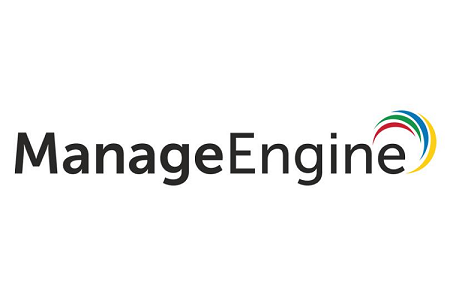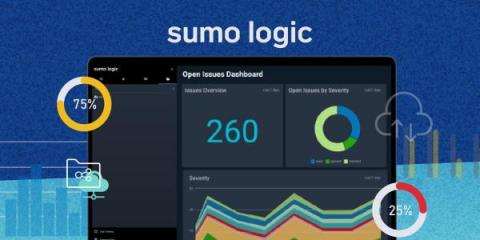The Colonial Pipeline hack uncovered: FBI- and CISA-recommended security measures
The Colonial Pipeline ransomware attack is potentially one of the worst cyberattacks to have happened this decade. A hacker group known as DarkSide stole nearly 100GB of data from the Colonial Pipeline servers before locking them down and demanding a ransom. Colonial Pipeline, with the assistance of FBI, paid around 5 million dollars to recover its systems. And it didn’t stop there.










